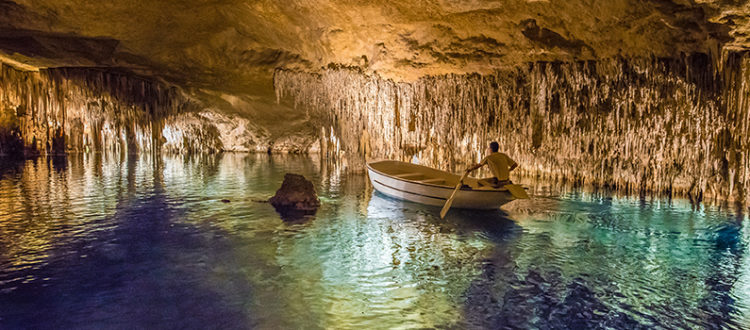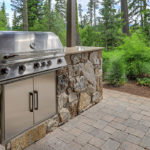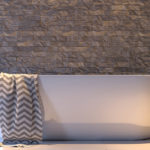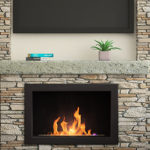Cool Limestone Facts Not Everyone Knows
Learning Limestone Facts For Fun
While anyone looking at limestone can tell that it’s a beautiful stone that looks great in any setting it’s placed within, most don’t know much more about it. If you are thinking about placing limestone in your home, it’s interesting to know a few more limestone facts. You can use these facts on guests when they comment on the new flooring, countertops, or other limestone elements you have placed in your home. It’s also just intriguing to find out more about the background behind the lovely stone. Here are some limestone facts to enjoy on your own or to share with friends.
Limestone Is Leftover In Caves
Have you ever had a cave tour when you were on vacation? You might learn the difference between stalactites and stalagmites, but you probably won’t hear that those features are actually leftover limestone that stays in place after water evaporates. You know the caves are beautiful—just imagine the stone on your countertop and you’ll see why it’s so desirable.
Limestone Is Rarely Pure
Limestone, in its purest, most natural form, is white. However, it is very rare to find limestone in pure white because it almost always has impurities that form within it over time. You’ll see veining, different colors, and other impurities instead of just the white coloring.
Limestone Colors Vary Greatly
Limestone comes in common colors that you can find in your flooring and countertop stores, but it can actually be found in just about any color. It all depends on the elements that combine with the calcium carbonate within the rock to create the limestone. Any color you can imagine, there’s probably limestone out there somewhere to match it.
Limestone Has Many Uses
While you notice limestone walls used in landscape yards and limestone fireplaces inside, the material is used for a lot more than construction. Limestone, for example, is often used in paint to thicken it to the right consistency. It is also fed to livestock to benefit the animals’ diet. Chalk is a type of limestone that comes from shells marine animals have shed. In fact, limestone was used for the pictures that are drawn on stones (known as lithography) back in the 1700s. And so on and so forth. The uses are wide and varied.
Limestone Can Change Into Other Stones
It takes quite some time for limestone to become what you see on your floors, walls, in your fountains, and in other areas. But limestone can change into metamorphic rock marble when it is subjected to high amounts of heat and pressure at the same time.
Want More Limestone Facts?
There are plenty of other things you could learn about the fascinating limestone material. It’s found in abundance in shallow marine water and it can even be used to roofing tiles to add texture. The limestone facts go on and on. Whether you want to learn more about the material, or you’re ready to place it in your home, contact the professionals at Impression for details.
















